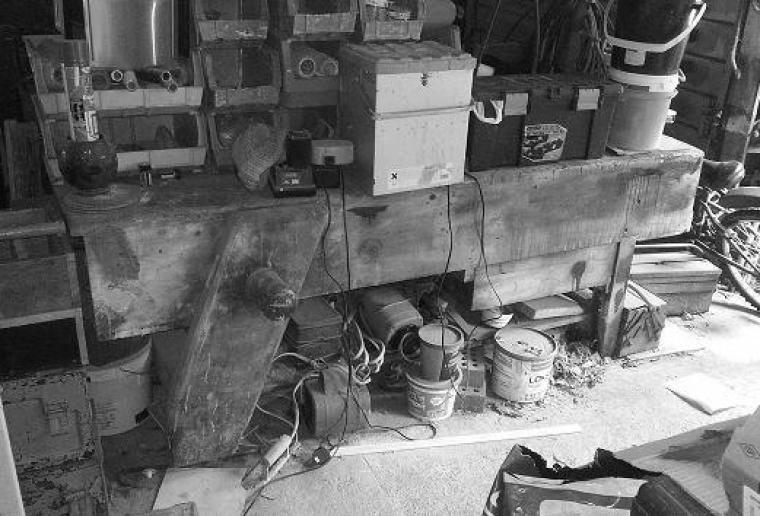The Workbench
Thanks to the “The Beast” the bench choice is made. Over the next few months I will be building a version of an “English” workbench. At the end of the process there will be a full “How-To” if you fancy making your own which will feature some videos, drawings and photos. My concept is for a minimal hand tool build using readily available timber. This first post is a quick overview of the bench.
During the long, long history of woodworking many different types of workbench have evolved. Each culture developing unique solutions. Since at least the early 19th century the dominant form of woodworking bench in Britain has been characterised by a thin top supported by wide aprons with a single vice used mainly by joiners. The early versions of this bench lacked a tool tray and were fitted with a wooden vice. By the early 20th century the basic concept remained the same however the vice became a mass-produced quick release type, bench stops (or hooks as they were known) were also replaced with metal versions and a tool tray had become a normal feature.
The construction of the bench is very simple robust joinery. This enables a rapid build and a sturdy platform, the joiner can be working on a clients project in very short order indeed. For my build I will be basing the design on an earlier bench without the tool tray. There can only be speculation as to why the tool tray became more common. Some find a tray useful, others a nuisance. I am most familiar with flat level surface to work from, finding the continuous support to work advantageous and easier to keep clear, clean and organised.

